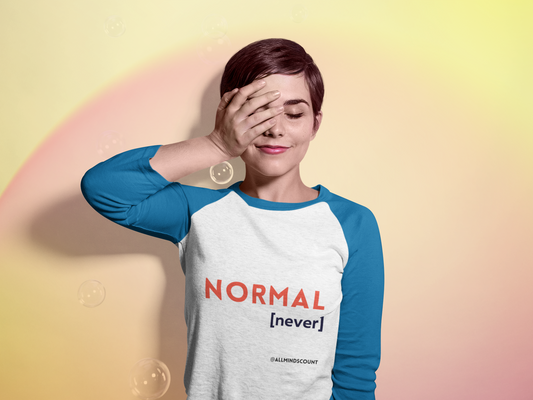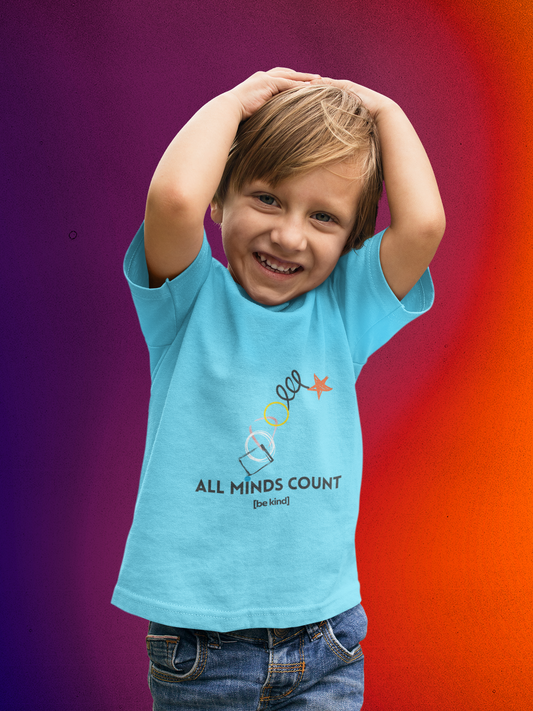why neuroinclusion
As the world moves towards more inclusive societies, we have fallen behind in our efforts to better understand and include diverse thinking types. Stigmas, biases, and labels are still getting in the way of being more accepting of those whose brains are wired [differently]. As societies, we know little about the various behavioral traits associated with varying configurations of the brain, let alone how to interact with them or, even more powerful, play to their strengths. Our relentless determination to explain the world in terms of what’s normal has left a trail of pain and feelings of inadequacy across entire generations of individuals biologically not built to fit these parameters.
Much work has been done over the years by neurodiversity advocates to create awareness around the beauty of celebrating our brain differences. These days we are somehow familiar with the idea of Neurodiversity, which states that variations in the human genome that include autism, ADHD, OCD, dyspraxia, dyscalculia, and dyslexia, among others, are just normal variations of the brain.
In other words, the unique way we see and interact with the world is just another way of being human.
Neuroinclusion is neurodiversity’s next frontier. It refers to our ability as a society to accept, respect, and celebrate all thinking types, rooted in the belief that although all minds are not created equal, they deserve to be treated equally.
Building a more neuroinclusive world begins with a combination of curiosity to look past the labels, and compassion, to always accept that often there is more to people than meets the eye.
Armed with those tools, we will be able to look at each other through a kinder lens and give all minds a real chance to thrive.
Signature collection
-
Example product title
Regular price $19.99 USDRegular priceUnit price per -
Example product title
Regular price $19.99 USDRegular priceUnit price per -
Example product title
Regular price $19.99 USDRegular priceUnit price per -
Example product title
Regular price $19.99 USDRegular priceUnit price per



